
THE ICEBERG is a card and conversation game created by Abigail Simon and Marina Zurkow that invites players to consider the beautiful trouble of complexity, with a particular focus on climate change. Like a tarot deck, the images on the cards of The Iceberg invite the user to consider a problem, give a voice to it, and reconnect with it with eyes wider open than before. By allowing the cards to create associations between unexpected spaces—The Big Blue Marble and antidepressants, or Pizzagate and the bloom boom of Poison Ivy— THE ICEBERG gives participants a voice in the story, and a way to not only share questions but also experience.
The Gameboard
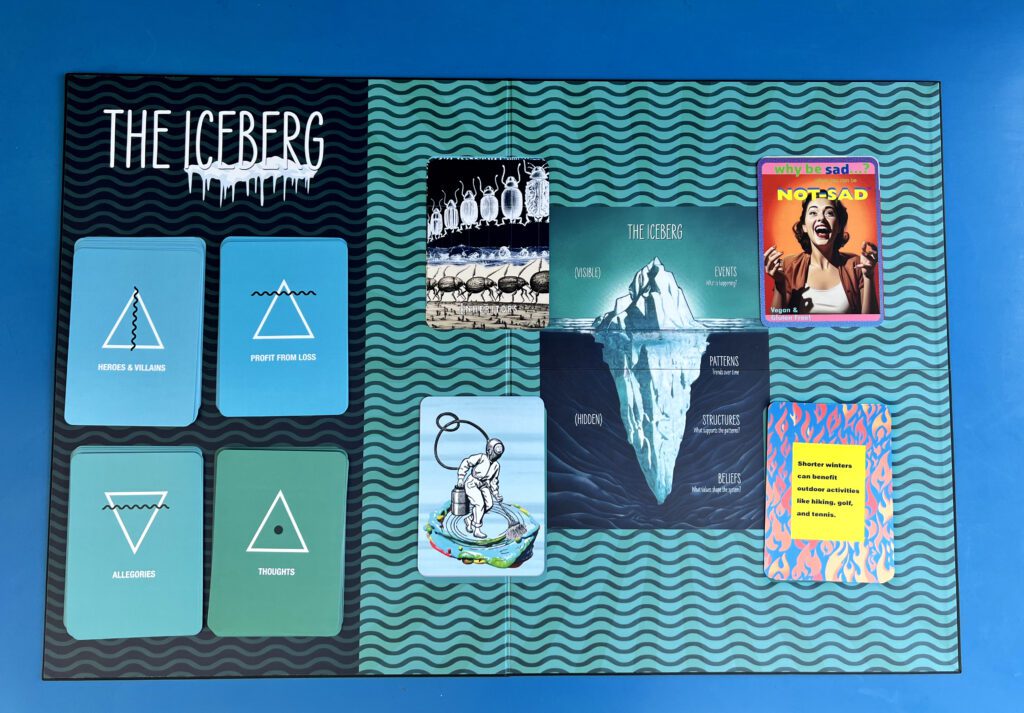
Photo of the 24″ x 36″ gameboard and cards
Card Suits
The experience of The Iceberg is similar to a Rorschach test. The game board is laid out with a deck composed of 4 suits: Heroes and Villains, Profit From Loss, Thoughts, and Allegories. Participants draw a card from each suit and lay it on the board. Participants are then invited to respond, interpret and describe what they see. As the player responds to the emergent, sometimes contradictory story lines and attempts to articulate the connections in their “reads,” it quickly becomes apparent that our default positions —whether virtue signals, convictions, or frustrated denial—are more entangled than they seem.
HEROES & VILLAINS

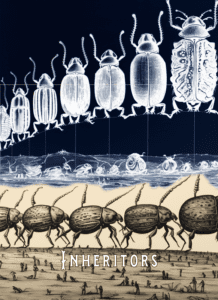

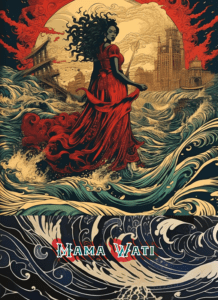

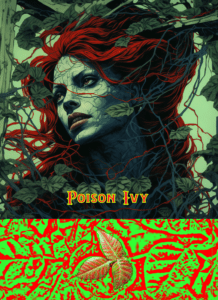
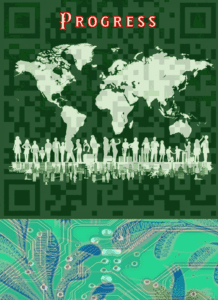
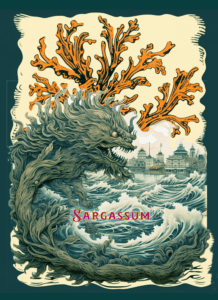
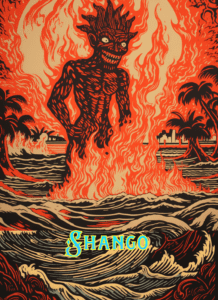
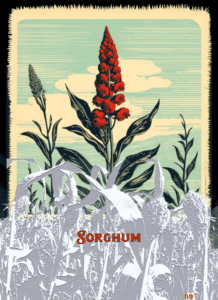
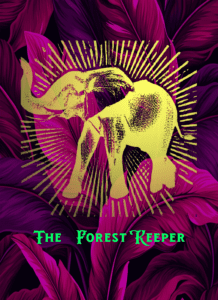
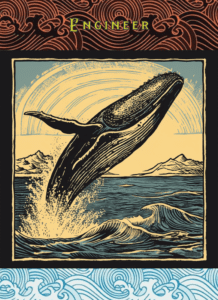
ALLEGORIES

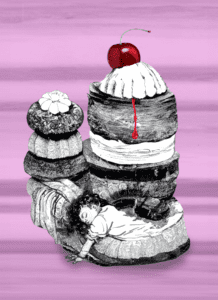

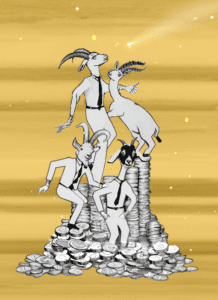
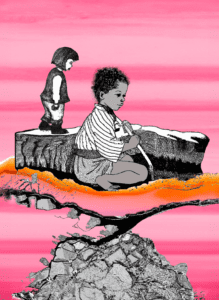

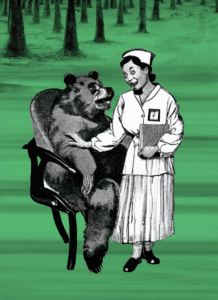

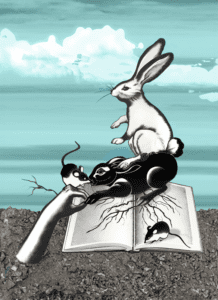

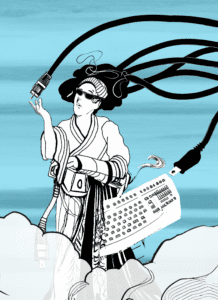
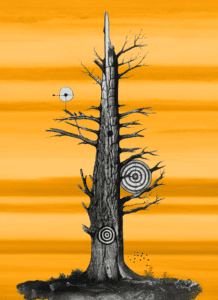
PROFIT FOR LOSS








THOUGHTS
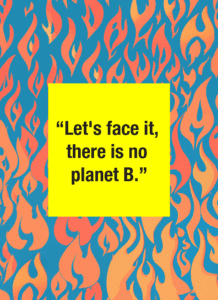
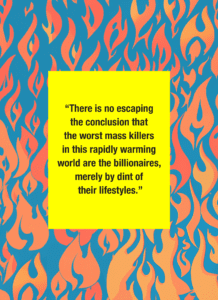


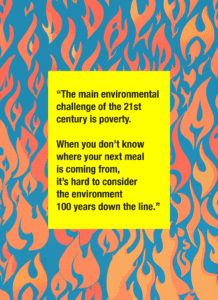
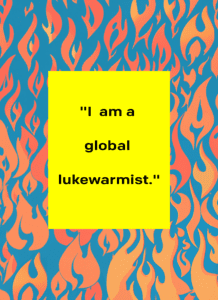
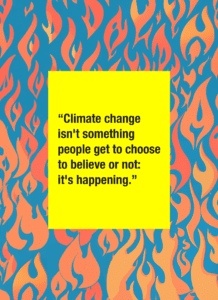
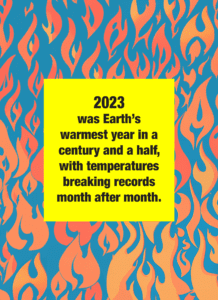




Details and Board Documentation
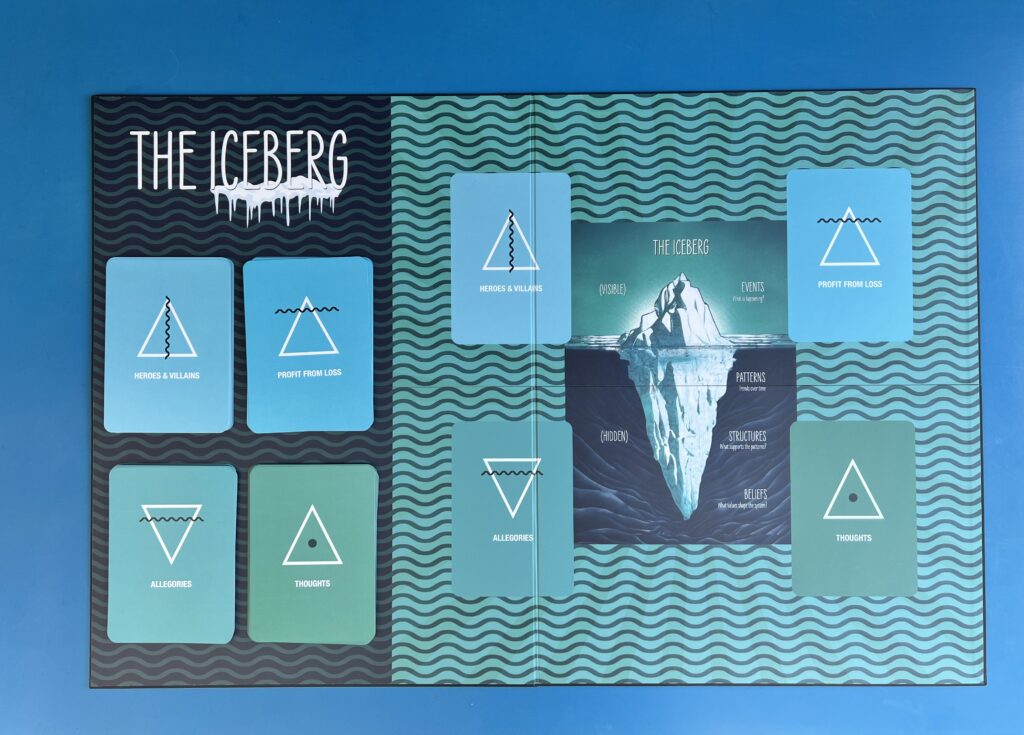
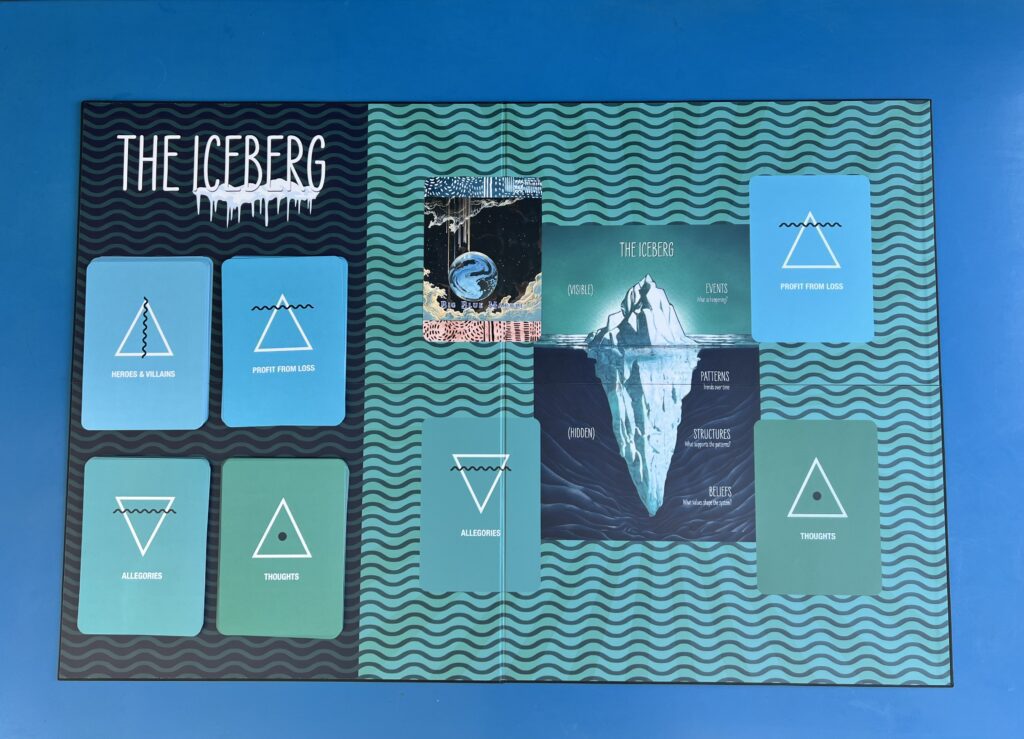

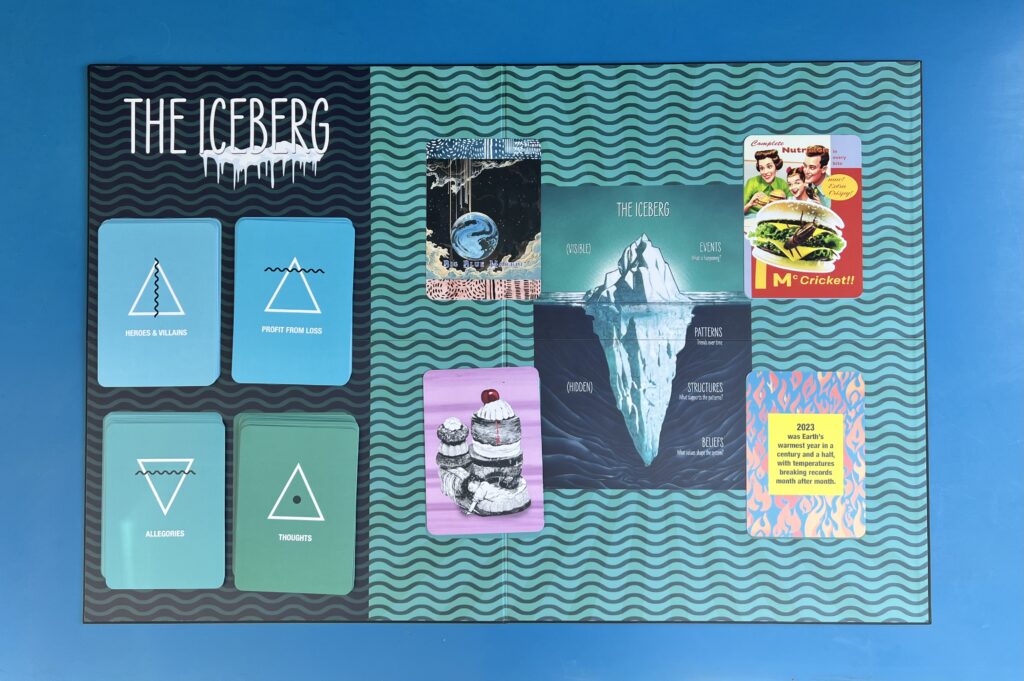
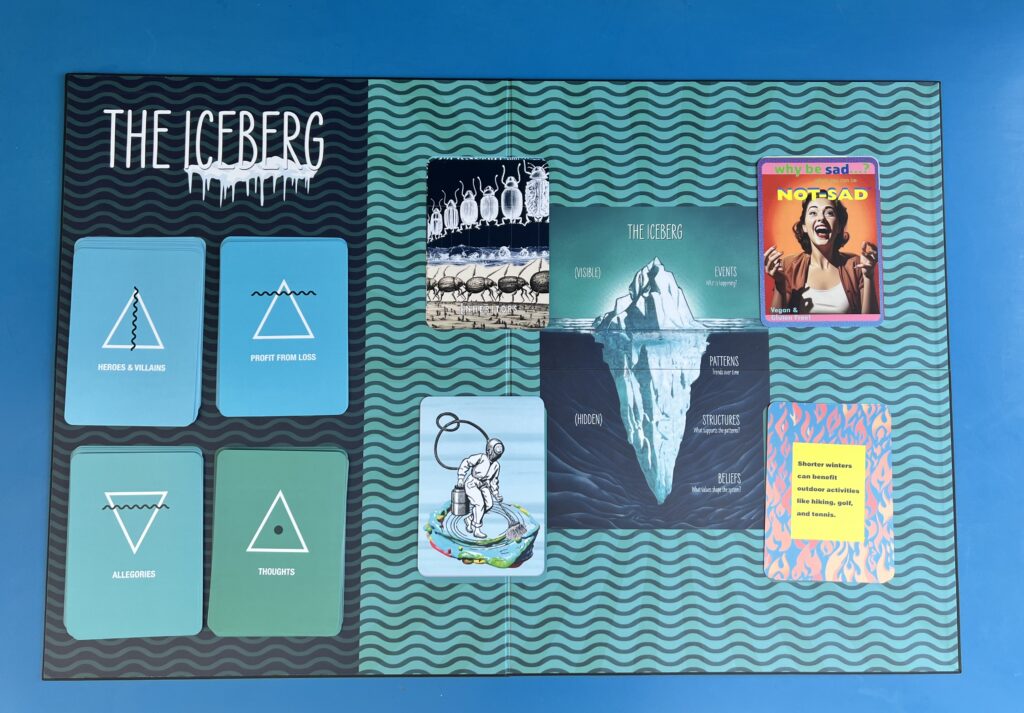
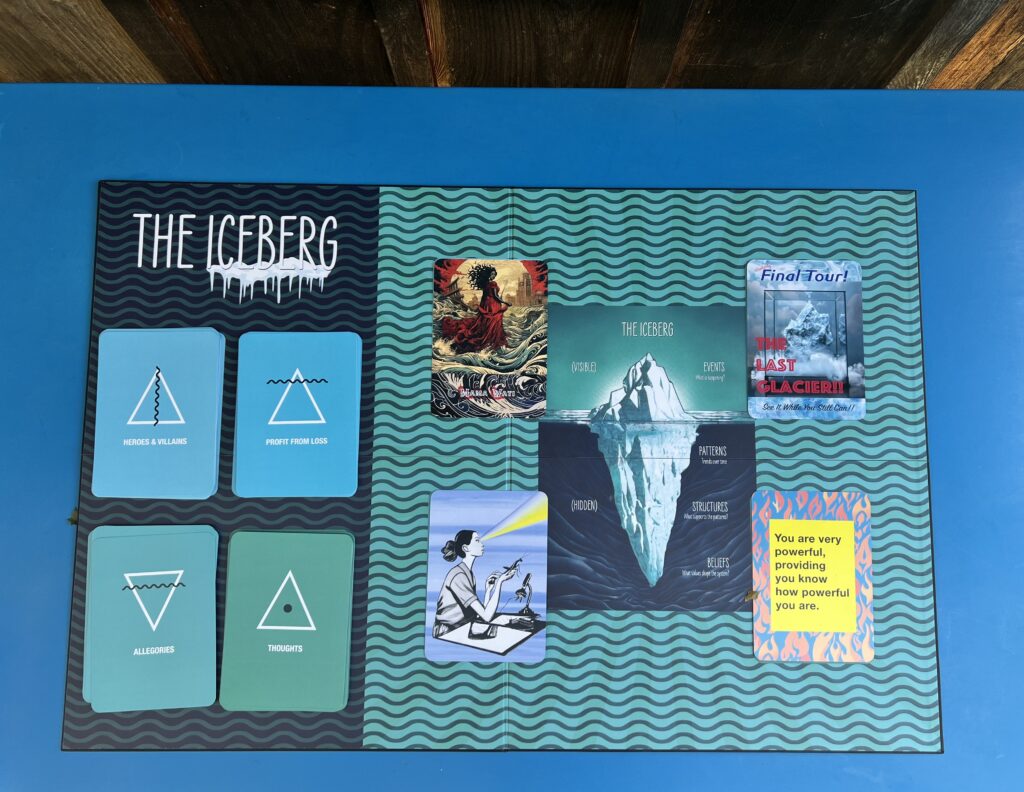
Photos of the gameboard and cards.
Board dimensions: 24″ x 36″
Card dimensions: set of 52, 5″x7″ each
The Iceberg Model

The Iceberg—the diagram which occupies the active center of our game board—anchors the analytical process, if needed. The Iceberg Model is attributed to systems thinker Donella Meadows, developed as a visual aid to investigate “what lies beneath the surface.” By using the iceberg as a method of examination, we invite people to move beyond “taking a position,” and to explore instead the patterns and mental models that drive events. In this way, people can connect the (complex) dots, and see / empathize with other sides.
The final game piece is the brain space of the players. The human brain is a meaning machine, and not always rational. In surrealist fashion, THE ICEBERG gets underneath self-protection and resistance, moving toward a more collaborative dialogue. Players may connect the (complex) dots, and see / empathize with other sides.
THE ICEBERG is designed as a public intervention for a self selecting, randomized audience. Somewhere between a performance and a game, the space for play is a simple table and chairs, the same social shape as for mahjong or fortune-telling. In a reversal of the traditional palm-reading hierarchy, we solicit guests to sit with us at the table, turn over cards and it is *they* who tell us what they see.